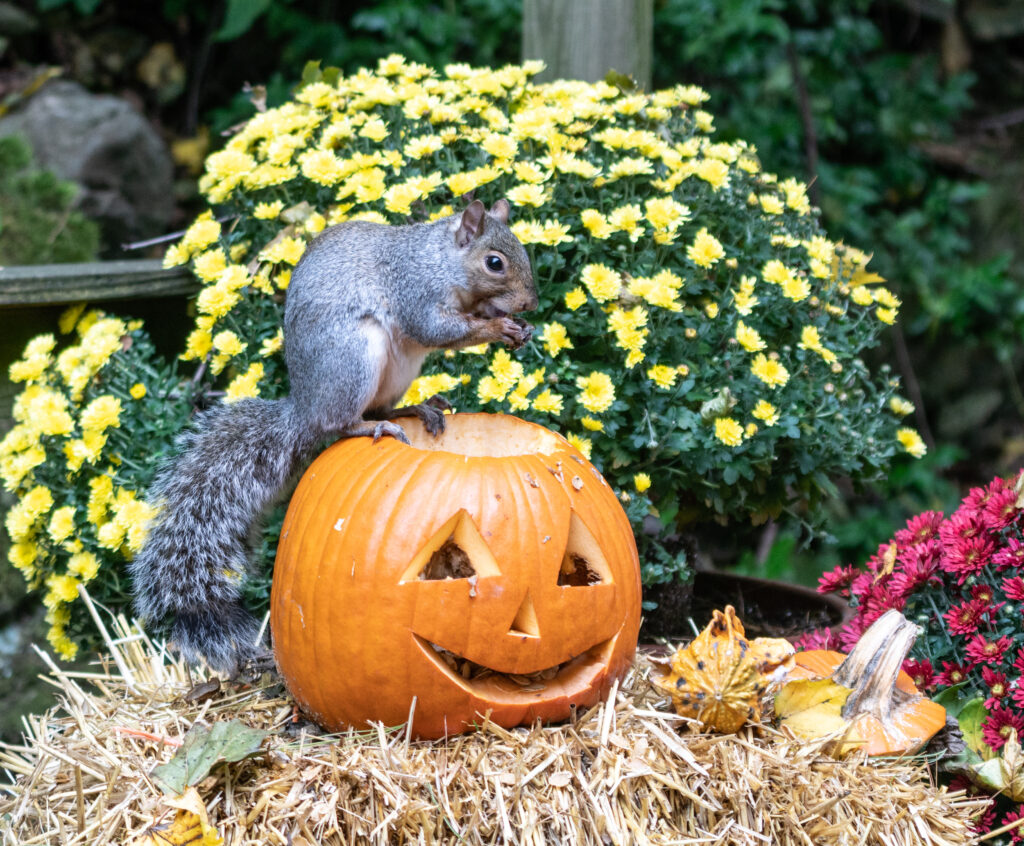As we wave goodbye to Halloween for another year, you may find yourself left with an abundance of pumpkins! A recent study by HUBUB shares that an estimated 15.8 million pumpkins go to waste each year, which equates to a shocking 95 million potential meals going to waste! The amount of waste produced during the Halloween season, from pumpkins alone can be scarier than even the most horrifying of costumes! A pumpkin, whilst seen as a Halloween staple, was never meant as a decorative item – the fruit (yes, fruit not vegetable), was of course initially grown with the intention of being eaten. This common food item wasn’t carved in the UK until the 19th century, before this it was turnips going under the knife during the festivities held on October 31st.
Eat Up!
Whether you like sweet or savoury treats, a pumpkin’s deliciousness and diversity will mean it can be transformed into a variety of different meals! Excluding the stalk, you can eat every part of your pumpkin in different ways, including the seeds, the flesh, the pulp and the skin! Smaller pumpkins have a sweeter taste, these are great for pumpkin pie or a pumpkin spice latte! For your larger pumpkins, why not try pumpkin soup, or pumpkin bread, something for those with a more savoury palette? Roast your seeds and skin with spices to create a tasty snack, the perfect alternative to nuts and crisps, and add the pulp of your pumpkins to your smoothies, and get one of your five a day!
Not a fan? The animals are!
Whilst pumpkins may not be to your taste, woodland animals adore them and can eat them straight from being carved. During the Autumn winter season, local wildlife like badgers, foxes, squirrels and birds can often find it more difficult to find something to eat, if you aren’t going to eat your pumpkin, they would be happy to oblige! Pumpkin can be perfect for this, as most animals will love to eat it, and it contains plenty of the nutrients they need to stay happy and healthy throughout autumn and winter. You can even chop or smash up the pumpkins for them to return to their nests and feed their young. Never leave a pumpkin which has been painted, as this can be toxic to animals, and remove any candles or other decorative features, which could cause harm.

The Beauty in Pumpkins
Pumpkins can not only be used to fill stomachs, but are also easily made into great beauty products that can help hydrate and brighten your skin. Pumpkins contains retinoic acid, antioxidants, and vitamins A, C, and E, which are regularly added to face creams, masks and gels to revitalise your face! Vegan Living share some great tips on creating a face mask – ‘If you’d like to try your hand at making your own, this DIY pumpkin oat face mask is perfect for an autumnal pampering session’.
Recycling, of course!
After all these, if you still have any parts of your pumpkin spare, don’t forget to pop them in the food waste bin or compostable pile. This way the pumpkin can naturally break down and decompose – pumpkin recycling at its very finest!
Whether it is a pumpkin, a glass bottle or old furniture, recycling is key to a cleaner, greener and more resourceful planet, if you need help with your waste management strategies, then get in touch with our team today!